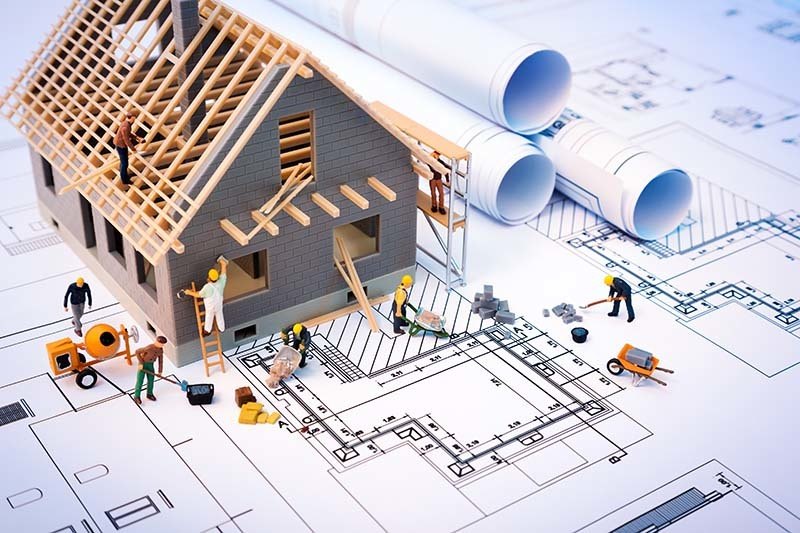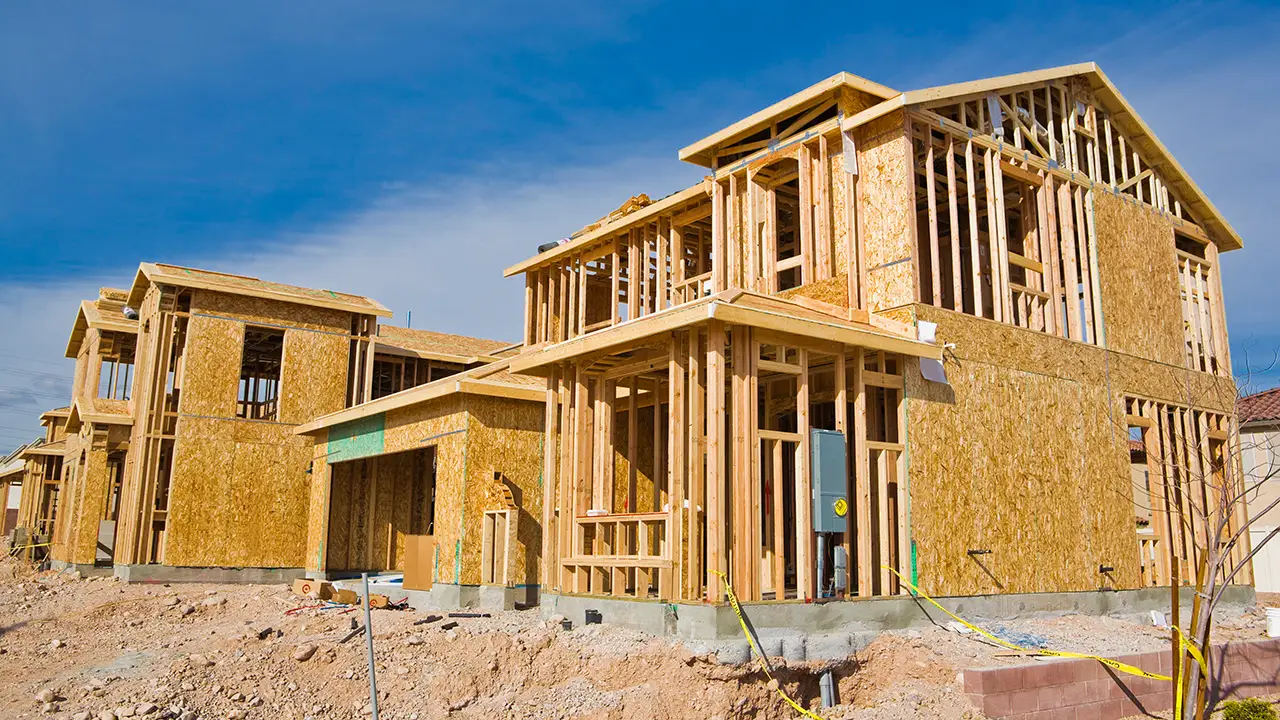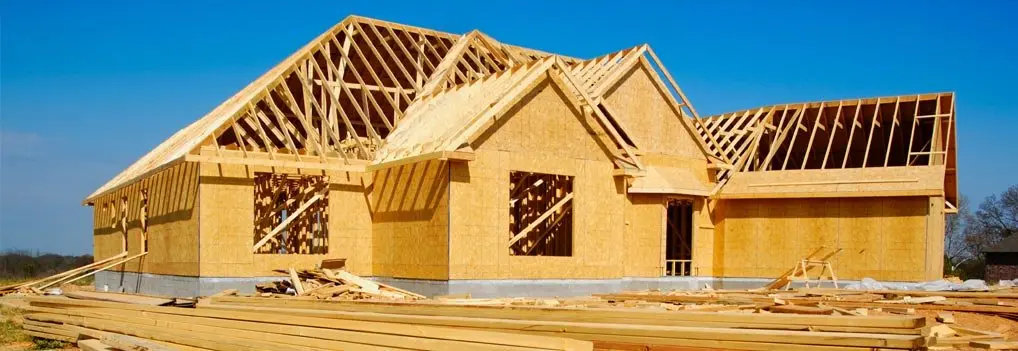Relied On Carmel Indiana General Contractor for Customized Home Improvements
Just How a General Contractor Can Transform Your Common Areas Into Useful Rooms
The change of typical areas into functional spaces is a nuanced procedure that needs a general contractor's experience in assessing specific neighborhood needs and designing tailored services. By considering elements such as design, availability, and visual allure, a specialist can produce atmospheres that not only offer useful purposes but additionally foster community engagement. Via reliable job administration and adherence to high quality requirements, these restorations can substantially improve individual experience. The intricacies entailed in balancing design and functionality raise crucial concerns regarding ideal techniques and prospective challenges that quality additional exploration (General Contractor Indiana).
Assessing Current Common Location Requirements
When reviewing common areas, it is important to recognize and understand the particular requirements of the community they offer. This procedure starts with an extensive analysis of current usage patterns, which includes celebration information on foot web traffic, optimal use times, and tasks taking place within these spaces. Engaging with community members through conferences or studies can give beneficial insights into their preferences and challenges.
Following, it is essential to consider the demographic structure of the neighborhood, including age, lifestyle, and any type of special requirements that may affect how these spaces are utilized. For instance, family members with little ones may require play areas, while older grownups might prioritize availability attributes.
Additionally, assessing the existing framework and amenities is important. Determining areas that are underutilized or in need of repair work can notify potential improvements. Teaming up with stakeholders, such as residential or commercial property managers and neighborhood companies, makes sure that the assessment reflects a comprehensive understanding of the area's requirements.
Ultimately, a precise assessment of existing typical area requires lays the foundation for efficient changes, enabling the production of areas that promote engagement and improve the total top quality of life within the neighborhood.
Creating for Performance and Aesthetic Appeal
A detailed understanding of neighborhood requires sets the phase for reliable layout that balances capability and looks alike areas. Effective layout requires a thoughtful approach that thinks about both the practical uses of the room and the visual charm that enhances the atmosphere.
Useful design entails developing spaces that satisfy the details activities and communications of the community. This may consist of flexible seating arrangements for celebrations, accessible pathways for people with mobility challenges, or marked locations for recreational activities. Each aspect has to offer a purpose while guaranteeing convenience of activity and comfort for individuals.
Looks play an important function in cultivating an inviting ambience. The selection of shades, materials, and illumination can dramatically influence the assumption of an area. Including all-natural components, such as plant or water functions, can improve the atmosphere and produce a calming atmosphere. In addition, straightening the layout with the area's cultural identity can foster a sense of belonging and pride.
Budgeting and Resource Allotment
Efficient budgeting and resource appropriation are essential components in the successful makeover of usual areas. A well-defined budget plan details the monetary parameters within which the project should operate, guaranteeing that costs are regulated and sources are properly used. This begins with an extensive assessment of job demands, consisting of style elements, materials, and labor.

A basic service provider plays an essential duty in this stage, working together with stakeholders to establish sensible budget plan estimates that straighten with the designated vision. By prioritizing read review vital features and discovering economical options, the specialist can maximize costs without compromising top quality.
Source allotment involves strategically assigning personnel, equipment, and products to different stages of the job (Carmel In Contractor). This needs mindful preparation to stay clear of delays and ensure that each component is supplied in a timely manner. In addition, routine surveillance of expenditures versus the spending plan assists to recognize potential overruns early, enabling prompt adjustments
Taking Care Of Construction Process Successfully
Taking care of the construction process effectively is necessary for achieving timely project completion and maintaining budget stability. A well-coordinated technique includes careful preparation, clear communication, and efficient source administration. General service providers need to establish a comprehensive job timeline that details each phase of construction, permitting the identification of important turning points and prospective bottlenecks.
Routine progression conferences are critical for keeping all stakeholders educated and straightened. These conferences assist in the timely resolution of problems, guaranteeing that the project remains on track. In addition, using project management software can simplify interaction, track development, and take care of documentation, lowering the probability of misunderstandings and delays.
Efficient source appropriation is likewise extremely important. By making certain that products, labor, and equipment are readily available when needed, basic service providers can stop costly interruptions. Applying a positive method to risk administration further improves effectiveness, as it enables the identification and reduction of prospective obstacles prior to they escalate.

Guaranteeing Conformity and Quality Standards
Compliance and top quality standards are basic to the success of any building and construction project, making certain that the finished rooms not just meet customer assumptions but likewise follow regulatory demands. A basic specialist plays a pivotal role in applying these standards throughout the building procedure.
First, it is important for the specialist to stay updated on regional building regulations, safety policies, and sector best methods. This understanding allows them to direct layout selections and product selections that align with conformity standards. Routine assessments and top quality analyses during the construction phase help to identify prospective issues early, minimizing pricey hold-ups and revamp.
In addition, a respectable basic contractor fosters a culture of high quality among subcontractors and workers. This can be accomplished by offering training on compliance procedures and applying rigorous high quality control procedures. By establishing clear interaction networks, the specialist can make certain that everyone involved understands their obligations concerning compliance and top quality.
Verdict
To conclude, the duty of a basic specialist in transforming common locations into useful spaces is critical. Through a thorough evaluation of community requirements, thoughtful layout, thorough budgeting, and effective project monitoring, these specialists can develop settings that improve usability and visual appeal. Adherence to conformity and high quality standards better makes sure read what he said that revitalized rooms not only meet the assumptions of stakeholders yet additionally foster involvement and improve the total experience for all users within the area.
The change of usual areas right into functional rooms is a nuanced process that calls for a general contractor's proficiency in assessing certain community demands and developing customized options. By taking into consideration elements such as format, availability, and aesthetic charm, a professional can develop environments that not only serve practical functions yet likewise foster area interaction. General specialists must establish a thorough project timeline that lays out each stage of building, enabling for the recognition of crucial milestones and potential bottlenecks.
